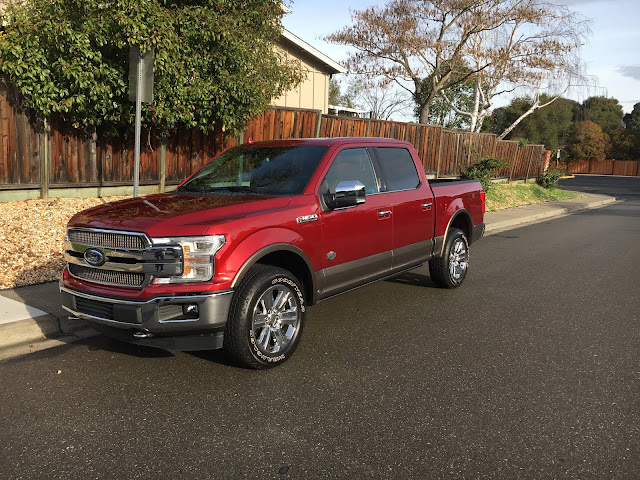California’s Smog Check Is Obsolete
By Jake Scussel
The Golden State is host to some 25 million cars, and, in 2015, around 1 million of them failed the biennial vehicle emissions test.
This means that — if all 1 million were gross polluters, and all were repaired — 8% of the vehicles registered in CA now run cleaner as a result of Smog Checks. That’s not nothing, but it’s also akin to a government program mandating McDonalds limit the fat content of a Big Mac from 33g to 30g; numerically better, yes, but does little to resolve the issue it attempts to address.
Since its inception in 1984, the Smog certification program played a huge role in reducing vehicle emissions of hydrocarbons, carbon monoxide, and volatile organic compounds. Now though, cars run muchcleaner than the cars of the 1980s, making the pollution-reducing effects of modern Smog Checks inconsequential.
However, there’s a new pollutant to consider, and nearly all of California’s 25 million cars perpetually belch it out at a rate of 11,450 lbs per year: Carbon Dioxide.
California’s transportation sector accounts for more than a third of the state’s greenhouse gas emissions — 84% of which are CO2, a greenhouse gas for which you’ll never fail a Smog Check (as it’s a fundamental byproduct of internal combustion engines).
It’s for this reason that I believe the Smog Check program has run its course.
So now what?
In 2016, Californians bought 14,000 electric vehicles using both federal and state rebates or incentives, with California offering $2,500 back to a typical EV buyer. However, by reallocating the budget for the Bureau of Automotive Repairs, which oversees Smog Certification (and has a budget of $200m), to the Clean Vehicle Rebate Program, California could’ve offered a $10,000 rebate on twenty thousand additional cars! That would bring the price of a 2018 Nissan Leaf EV down to $19,990. Talk about an incentive.
Perhaps better yet, that reallocated money could be spent on grid improvements and renewable power generation, so that the coming wave of electric vehicles doesn’t get its juice from fossil fuels. We could install charging stations all over the state or build solar farms on rooftops to move California closer to its goal of 100% renewable energy. We could start by turning old Smog facilities into public EV charging stations.
Whether it’s incentivizing electric cars or new infrastructure for renewables, that $200 million will have a another impact: more electric cars and renewable energy means less gas and oil production. Which means less fossil fuels will need to be extracted via environmentally damaging means, transported via pollution-spewing ships or leaky pipelines, or burned to power cars or homes, reducing the need for foul-smelling refineries, ugly offshore platforms, controversial pipeline construction, and whale-killing ships. Not to mention, the lawmaker who successfully implements this plan would be lauded by taxpayers and businesses alike for streamlining vehicle registration and car sales, and eliminating the annoying $70 biennial errand of the Smog Check.
We need to ensure every dollar is utilized where it is most effective. We need the maximum impact on emissions now. So let’s put the funding for the Bureau of Automotive Repairs into a program that stands not just to make marginally cleaner air, but that ushers in the new age of renewables where there will no longer be emissions to measure.
---
Jake Scussel is a fellow writer. He makes some good points here. I may not agree with everything but I do believe we need to explore all avenues towards cleaner air.
I would like to see the B.A.R. work harder and smarter to catch the cheats, and believe me they are out there.
As for older vehicles, vehicles that are not in the Smog Check Program, I think there should be a pollution fee for each and every one, kind of a smog abatement fee.


Comments